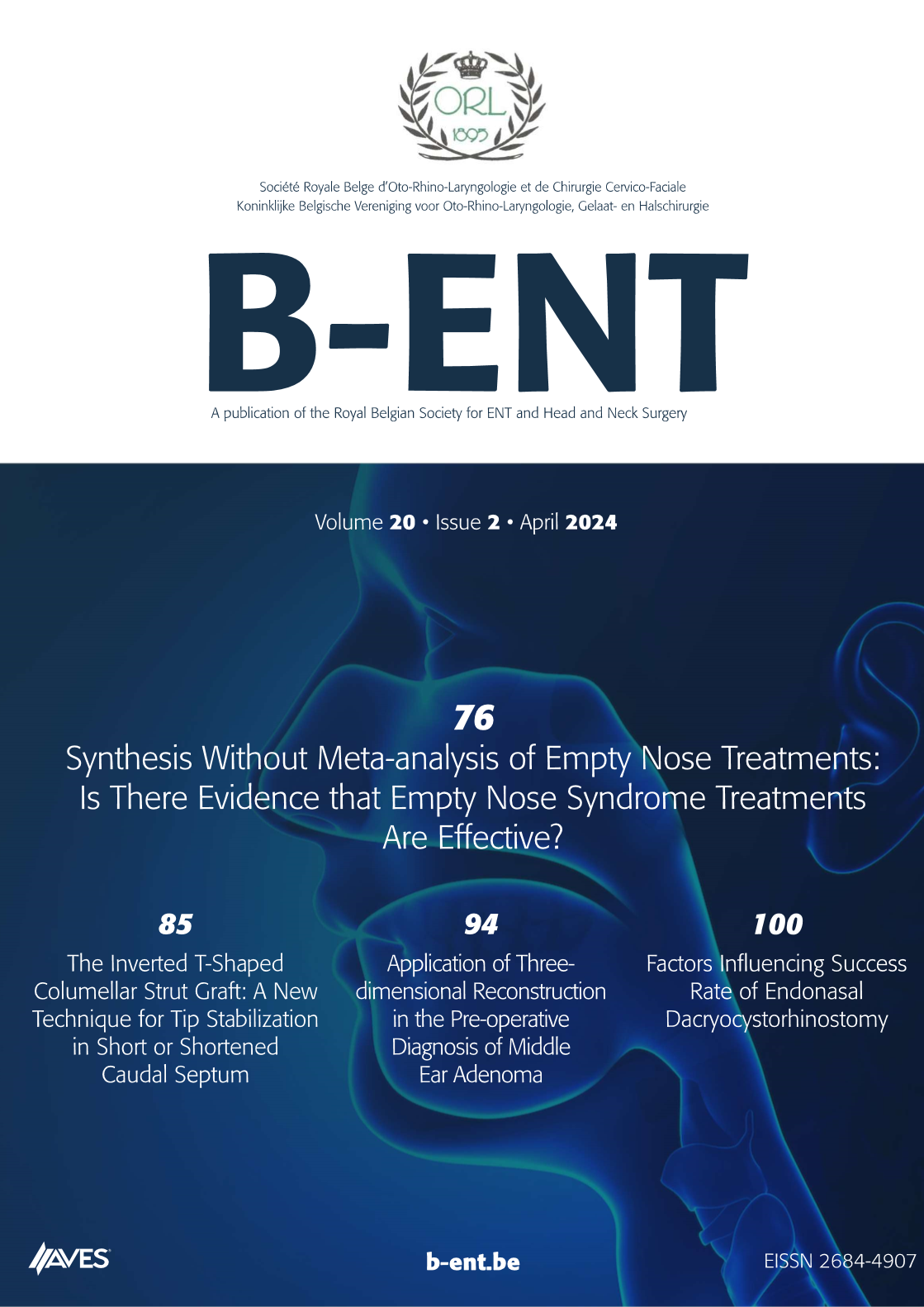An unusual cause of dysphonia: laryngeal verruca vulgaris. Problems/objectives: Verruca vulgaris of the larynx (VVL) is an uncommon lesion with clinical and histopathological features that are easily misdiagnosed as verrucous carcinoma, and thus may lead to unnecessary surgery. This case study investigated clinical and pathological features that might distinguish VVL from other keratotic laryngeal lesions.
Methodology: A 35-year-old man presented with a 3-month history of progressive hoarseness and superficial, keratotic, vocal cord lesions. The verrucoid configuration of the surface and lack of nuclear atypia enabled treatment by local excision. The biopsied lesion was sectioned and examined by immunohistochemistry, and in situ hybridization.
Results: The patient was disease-free up to 1 year and 6 months after surgery. The exophytic, keratotic lesions of the larynx had features of cutaneous verruca vulgaris. No human papilloma virus was detected.
Conclusions: We described histopathological features of VVL that will facilitate its distinction from laryngeal keratosis, squamous papillomas, verrucous hyperplasia, and verrucous carcinoma.



.png)
